Our modern lives are convenient, comfortable …and highly wasteful. The pollution of natural habitats and depletion of natural resources are some of the biggest problems we face collectively as a planet, and moving towards more environmentally responsible as individuals is a must.
This is also true for the world of fashion – one of the most polluting industries in the world, with more greenhouse gas emissions than aviation and international shipping combined. Did you know that it takes 8,000 litres of water to make one pair of jeans? Or that the average American throws away almost 30 kilos of clothes a year? And what if we told you that a year of discarded clothes in the UK alone can fill Wembley Stadium?
While it’s true that many fashion brands and designers are more aware of the industry’s impact on the planet and are working increasingly with organic fibres and natural materials, as well as making their production processes more eco-friendly, there’s still much to be done. In fact, fast fashion – the subset of the industry that uses more polluting and oil-based materials to create cheap products that must be replaced often – is even on the rise, with no sign of slowing down.
Clearly, it’s up to us style aficionados to adjust our consumer habits accordingly, if we want to indulge our passion for fashion without leaving a massive carbon footprint behind. Here’s how you can make a change for the better.
Clean Out Your Closet
Do you open your closet every morning and feel like you have nothing to wear? Maybe it’s time to take a good, long look at everything in your wardrobe and clean it out, removing anything that you no longer use, but that’s still in good condition; for you, these clothes are just taking up space, but someone else might be happy to put them to use – so don’t just throw them away. Donating your unwanted clothing to charitable organisations is the best option for giving them a second life, rather than turning them into wasteful trash.

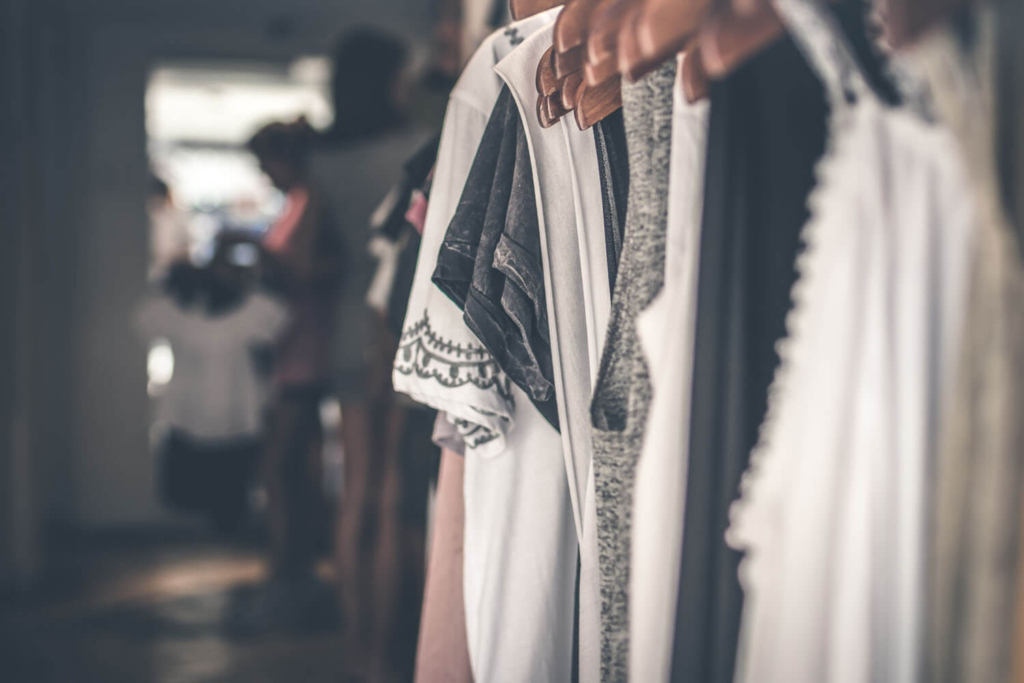
Reuse And Recycle
But wait! Before you donate your clothes, think of creative ways to use them again, keeping in mind that fashion is cyclical – today’s trash is tomorrow’s trendy treasure. Sometimes, all a garment needs to become more wearable is a slight alteration to the look or fit. In these cases, the current DIY craze is your best friend. Play the fashion designer you always wanted to be, let your creativity and imagination run wild. With a few patches, pins and some fresh fabric, you can revamp those old garments and create something (just like) new.
Make A List
A closet cleaning doesn’t just help you clear out the clutter – it’s also a great way to take stock of your own habits and identify the items that you truly enjoy wearing, as well as what useful and versatile items may be missing from your core wardrobe. Write down both what you have and what you need, so you can be more decisive – and less prone to temptation – on your next shopping excursion. Think in terms of basic, adaptable pieces that work well by themselves, but can also be combined in multiple ways to different effect.
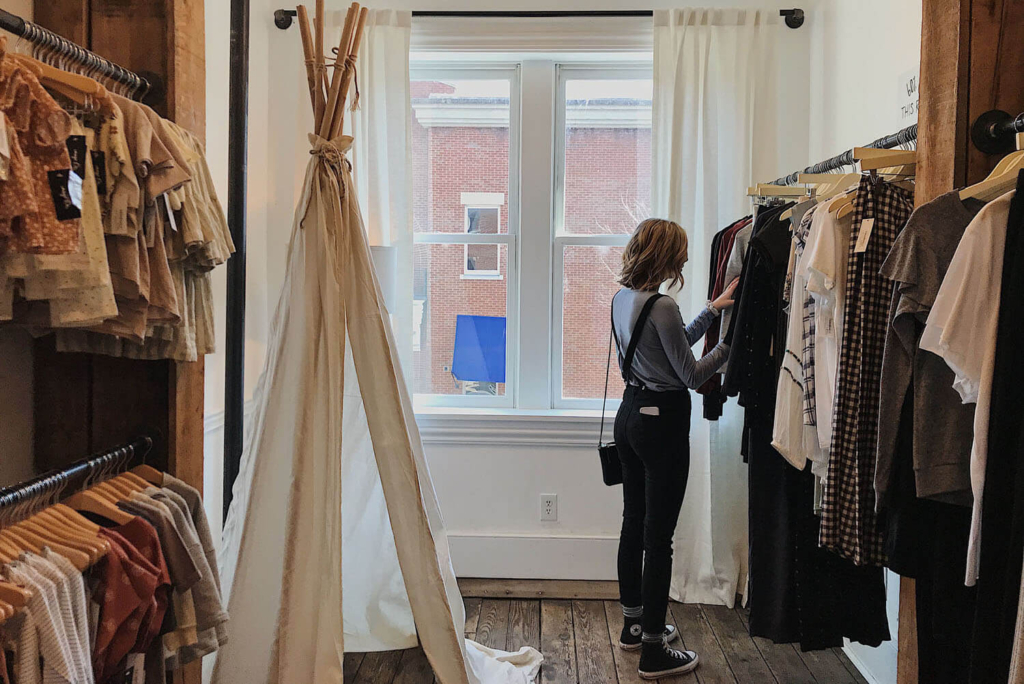
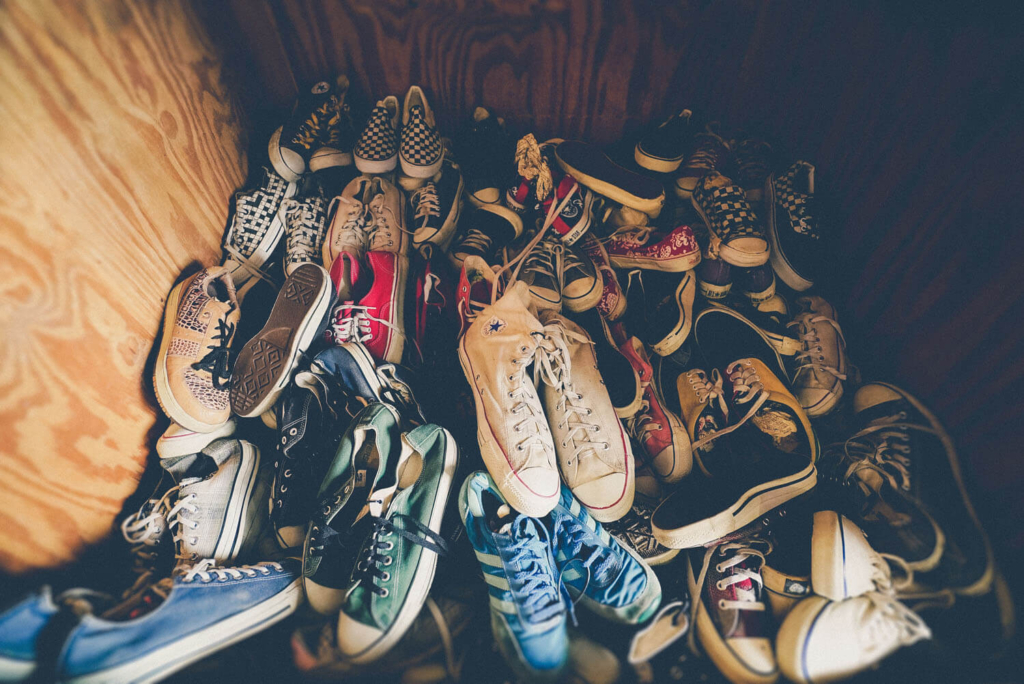
Shop (Sustainably) ‘Til You Drop
We know, we know: shopping is fun. However, before buying an item that you might only end up wearing once, think carefully about whether you really need it. Ask yourself when and where you would wear it, as well as what items you can pair it with that you already own.
Another good way to minimise the environmental impact of your shopping trip is to look for pieces made with natural, biodegradable fibres, or with recyclable (or recycled) materials such as glass, plastic or rubber. Shopping online may give you more options here, with thousands of sustainable fashion brands from around the world to choose from. Also consider how and where the clothing is manufactured, and prioritise brands that support social and environmental responsibility programmes, where your purchase represents fair wages, reforestation or providing work for vulnerable communities.
Swap And Save
Have you heard of swap parties? Invite your friends over for a get-together, but ask them to bring along a suitcase of clothes, shoes and accessories in good condition that they no longer use – then have fun swapping with each other! As with any party, you can liven things up with food, music and mimosas. When all is said and done, you’ll have a good time with good friends – and some new additions to your wardrobe.
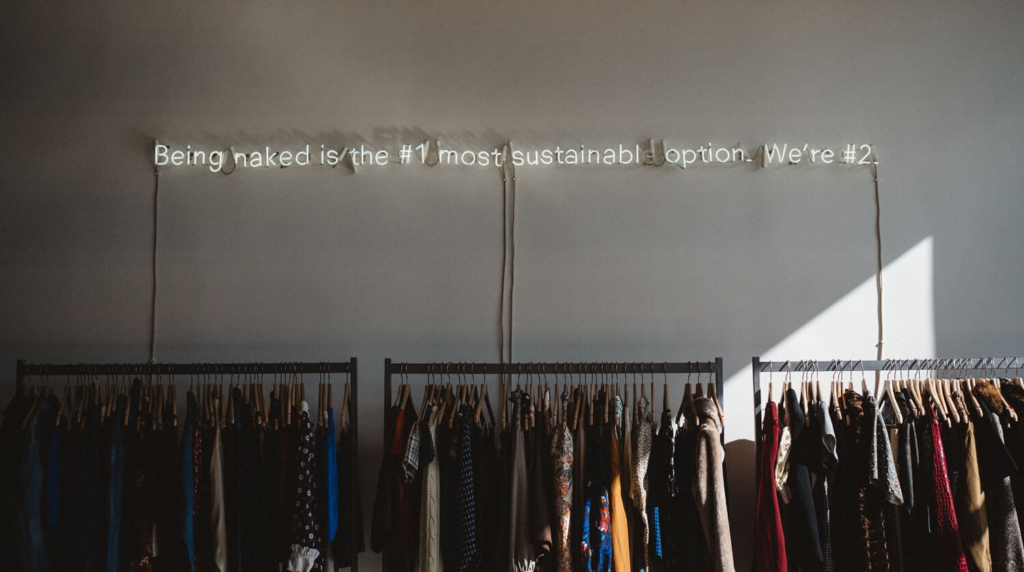
Buy Vintage And Second-Hand
Vintage garments are heirlooms from the past, and are sustainable by the very nature of reusing them over and over for generations. In addition to lending new life to an item of clothing, often the prices are very interesting – and, unlike when you shop “throw-away” fashion at high-street stores – you can rest assured that you’re the only one with that dress, shirt or jacket. Scour your local thrift shops, but also have a peek in your mother’s or grandmother’s closet; perhaps you’ll find silk scarves, a nice dress or a lovely coat that’s just gathering dust.
Choose High-Quality Items
We’ve all been there: You buy a cute shirt at a steal, but by the second washing, it’s got a hole or it’s faded and looking tired. Frustrating, right? Part of becoming a more eco-conscious consumer is looking for garments made from quality materials with greater durability. One way to spot a high-grade piece is by looking at the seams: they should be very tight. The more stitches per inch, the better the quality is, and the less likely it is to develop holes or fall apart at the seams.
For better or worse, prices are not always indicative of quality, but when you do find timeless, well-made pieces that you’re sure to get a lot of wear out of, allow yourself to invest a little more in them. It’s cheaper for you in the long run, and much better for the environment.
Follow Eco-Friendly Garment Care
It may seem obvious, but caring for the clothes you already have reduces the need to buy more – and the potential to waste more. It’s important to protect your clothes from dust, mites, moths and too much sunlight, and when washing, use chemical-free detergents that are less harmful to both the environment and the life of your clothing. Also, try to repair those small imperfections that come with wear – don’t throw something away just because you found a tiny hole in it; fix it. The less you throw away, the less you buy. The planet – and your wallet – will thank you.
Use Your Resources
If you’d like to find out more about how you can overhaul your wardrobe and make your fashion choices more sustainable, ethical and fair, check out useful nonprofit resources like Fashion Revolution, Fair Wear, Slow Factory, Clean Clothes Campaign, the Ellen MacArthur Foundation and more.

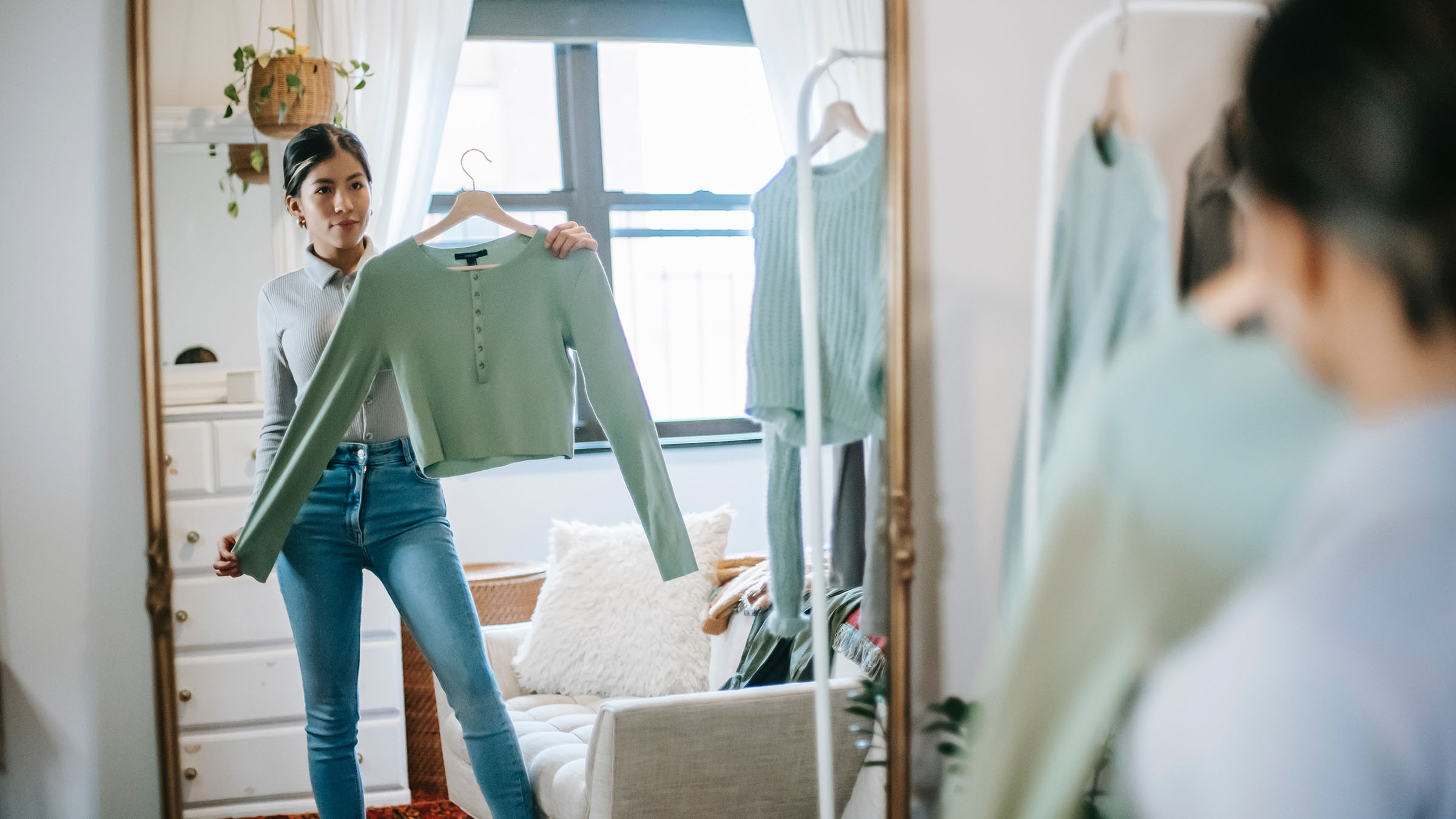

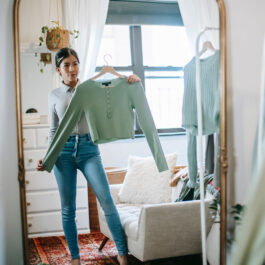



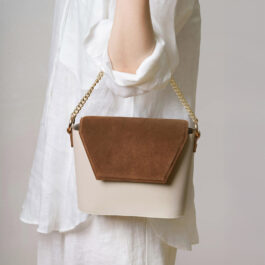


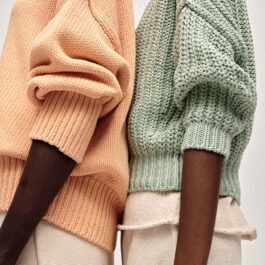

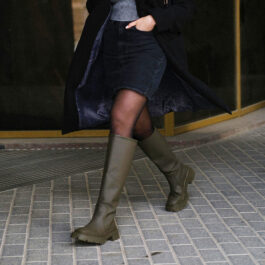
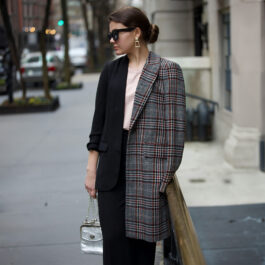
Sorry, the comment form is closed at this time.